Preparation, packing and transport are crucial steps
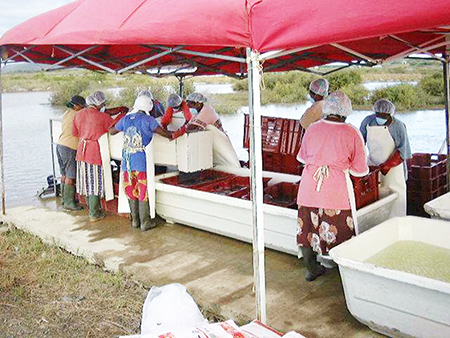
Spain and France are among the main shrimp-importing countries in the European Union, respectively importing over 101,000 and 56,000 metric tons (MT) of mainly head-on shrimp in 1999. These markets have special requirements because shrimp are sold mostly as cooked and chilled products. Several organoleptic criteria are evaluated, including firmness of shell and head, necrosis and/or malformations and color.
The harvestings process is critical for determining product quality. The harvesting process for head-on shrimp includes preliminary sampling; preparation for harvesting; harvesting; chilling, antioxidant treatment, and packing; and transport to the packing plant.
Preliminary sampling
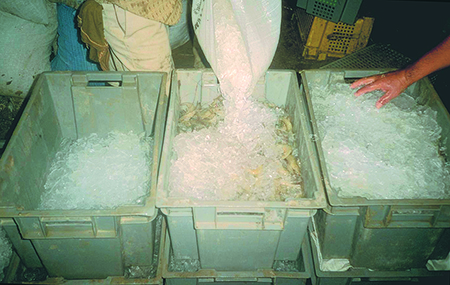
The quality of harvested shrimp will to a large extent determine the quality of the end product. Preliminary sampling confirms the average weight of shrimp and estimated biomass to be harvested from a pond. It also provides an opportunity to check the condition of shrimp, especially stage and incidence of molting, and to assess for deformities, staining, and injuries. Shrimp flavor is also evaluated for the presence of off-flavor, a grassy or soil-like odor that can be caused by the presence of some phytoplankton species in ponds.
Sampling takes place over the three days preceding the harvest. The decision to proceed is generally based on a determination that less than 5 percent of the shrimp are molting, less than 10 percent have soft shells, and most animals are at the end of a molting period. It is also based on sampling that indicates less than 5 percent of animals have defects, and that no off-flavors have been detected. If sampling shows that harvesting should be delayed, molting can be induced by quickly lowering the pond water.
Once the decision to harvest is made, shrimp feeding is typically suspended for around 48-72 hours. This prevents the shrimp from having a full hepatopancreas, which causes an unattractive appearance and encourages an undesirable condition known as “red head.”
Preparation for harvesting
On deciding to harvest a pond, the water level must first be lowered. The time required depends on the size of the pond. This must be done neither too quickly (which risks increased molting) nor too slowly (which wastes time). Any barnacles or mussels attached to the sides of the drainage culverts must be scraped off to avoid damage to shrimp during harvesting.
Since harvesting can be done either manually or mechanically, plans for harvesting must include selection of mode. In addition to reducing labor costs, mechanical harvesting has the advantage of being faster, as shrimp do not accumulate in the net.
Harvesting equipment
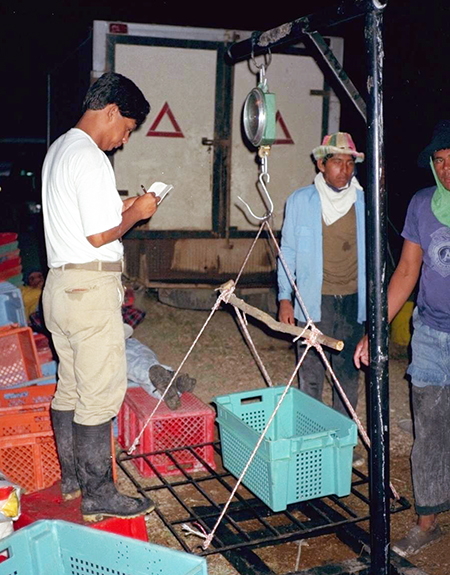 Shrimp harvesters consist of either spiral pump machines or impeller pumps. Impeller pumps can be either submersible or nonsubmersible. Submersible impeller pumps, like spiral pumps, do not lose their prime and thus avoid untimely interruptions during harvesting. Some farmers implement semimechanical harvesting systems that combine a shrimp harvester, inspection belt, and continuous treatment tank.
Shrimp harvesters consist of either spiral pump machines or impeller pumps. Impeller pumps can be either submersible or nonsubmersible. Submersible impeller pumps, like spiral pumps, do not lose their prime and thus avoid untimely interruptions during harvesting. Some farmers implement semimechanical harvesting systems that combine a shrimp harvester, inspection belt, and continuous treatment tank.
For manual harvesting, two kinds of net are usually used: the open-tube type or pocket type. Tube nets are simple to use, but workers spend most of the time in the water, and there is always the risk of crushing the shrimp. With pocket nets, which are open at the top, there is less risk of crushing and workers stay dry.
Harvesting facilities must be organized to follow the principle of forward flow without any crossing of processes, in accordance with HACCP norms. The course taken by shrimp from the ponds to the vehicle taking them to the processing plant, and also the movement of boxes and other equipment used during harvesting must be well planned and organized to avoid wasting time and handling errors that can affect product quality. Cleanliness and sanitary conditions must be controlled before harvesting begins.
Harvesting
Harvesting usually takes place at night due to the generally lower temperatures, although daytime harvesting can also produce good results.
As shrimp are removed from ponds manually by net or by machine, they are transferred immediately to chilling tanks. Accumulation of shrimp in the nets can deteriorate product quality. Only small quantities should be handled to avoid injuring the shrimp.
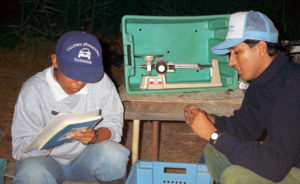
During the entire harvesting process, samples of shrimp should be collected at regular intervals to check for quality. Sometimes shrimp molt during harvesting, and a decision must be made to continue or stop harvesting if the quality of shrimp is no longer acceptable.
Chilling, antioxidant treatment, packing
Harvested shrimp are put into boxes in an ice bath. Open food-quality PVC boxes can be used for handling the shrimp, with 6 to 10 boxes placed in appropriately sized tanks. This is the best time to remove fish, crabs, and pond debris.
Immediate chilling is critical to maintain top quality by reducing the incidence of red head and slowing the onset of melanosis. Chilling must be done rapidly to bring the temperature of shrimp down to around 5 degrees-C. This can be easily accomplished using ice, but salt can also be added to increase salinity, which lowers the solution’s freezing point closer to 0 degrees-C.
Once all the boxes in the ice bath have been filled, they are immediately transferred to an antioxidizing bath. Several methods are used, but a common one involves dipping the chilled shrimp in a 7 to 8 percent sodium metabisulfite solution for 7 to 10 minutes. The concentration of metabisulfite and duration of dipping must be adjusted depending on shrimp size. Smaller animals absorb the product faster than larger ones.
Since metabisulfite is gradually absorbed by the shrimp as harvesting progresses, its concentration is reduced in the treatment bath. Metabisulfite must be added regularly to maintain the correct levels, but should not exceed the maximum levels approved by importing countries.
Transport to plant
Immediately after pond processing, shrimp are weighed and transported to the packing plant. Even if a refrigerated vehicle is used, continual opening and closing of the doors to load the shrimp means that correct temperatures can not be maintained. This can lead to the red head condition that reduces product quality.
Boxes should contain about 20 kg of shrimp each, with layers of ice on the top and bottom. The boxes must allow water to drain. Shrimp left immersed in water deteriorate quickly, particularly at the juncture between cephalothorax and abdomen, and the bodies soften due to the absorption of water. From initial loading until the animals are frozen, it is very important to maintain low temperatures.
Conclusion
Shrimp harvested for the head-on market require more careful control than those intended to be marketed as tails. Effective harvesting of head-on shrimp involves good planning and careful handling before and during harvest, as well as proper chemical treatment and refrigeration.
(Editor’s Note: This article was originally published in the August 2002 print edition of the Global Aquaculture Advocate.)
Now that you've reached the end of the article ...
… please consider supporting GSA’s mission to advance responsible seafood practices through education, advocacy and third-party assurances. The Advocate aims to document the evolution of responsible seafood practices and share the expansive knowledge of our vast network of contributors.
By becoming a Global Seafood Alliance member, you’re ensuring that all of the pre-competitive work we do through member benefits, resources and events can continue. Individual membership costs just $50 a year.
Not a GSA member? Join us.
Author
-
Hervé Lucien-Brun
9 Rue Poupinel
F-78730
Saint Arnoult en Yvelines, France
Tagged With
Related Posts
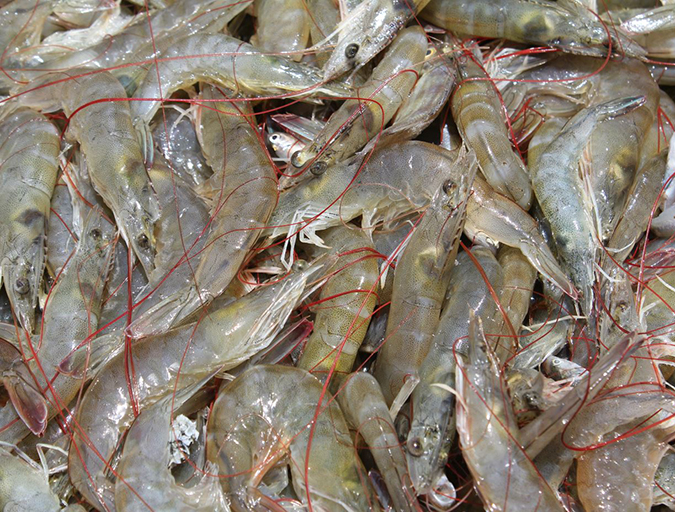
Intelligence
Critical decisions for shrimp harvesting and packing, Part 1
Harvesting a crop of shrimp is a critical step for any shrimp farming venture. Several months of efforts and resources to properly raise a quality crop have already been invested, and this quality must be preserved. The decision to harvest involves consideration of various factors.
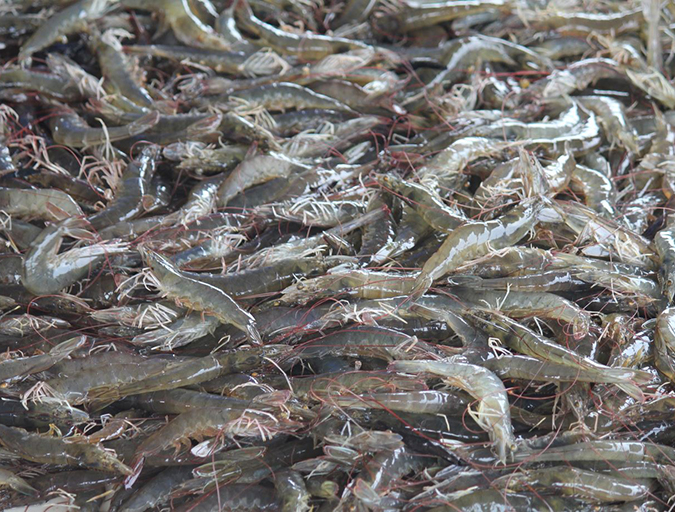
Intelligence
Critical decisions for shrimp harvesting and packing, Part 2
The decision to harvest involves consideration of various factors, including market prices, customers’ need, biomass and condition of the animals and others. Several steps are involved, most aimed at maintaining maximum quality of the animals as they are harvested, sacrificed, treated and transported to the plant and processed and packed.
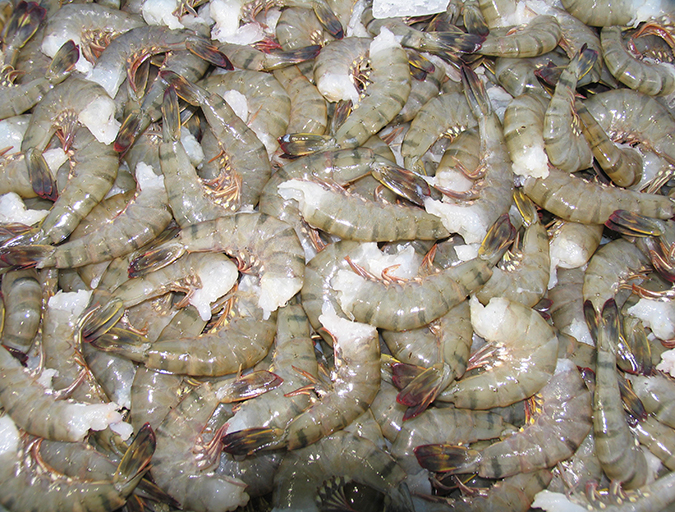
Intelligence
Critical decisions for shrimp harvesting and packing, Part 3
In this final installment of Hervé Lucien-Brun’s comprehensive three-part series, the author details the final steps in the process of taking farmed shrimp to the marketplace. Here we take a look at the proper protocols for receiving at the processing plant, weighing, grading and freezing.

Health & Welfare
Preventing melanosis in shrimp
The black spots of melanosis quickly arise in harvested shrimp from enzymatic reactions in shrimp tissue or external stressors.



